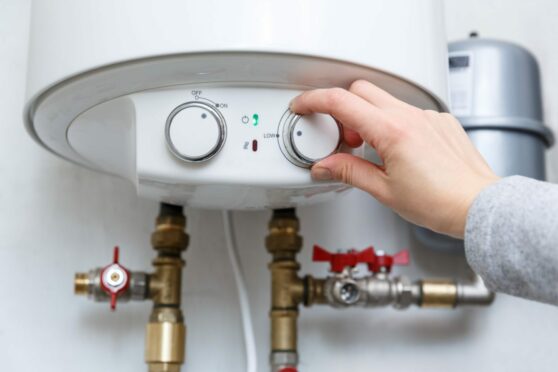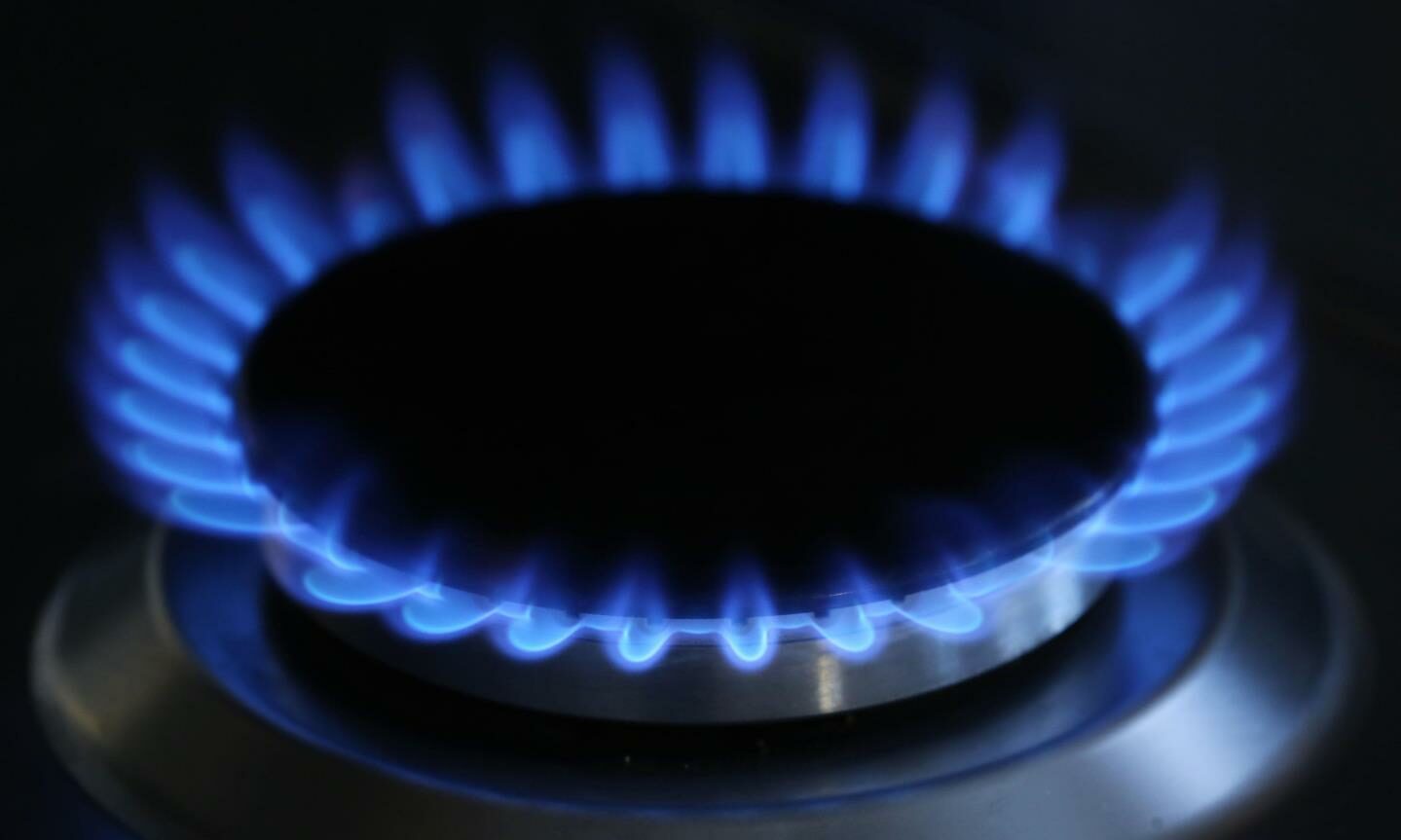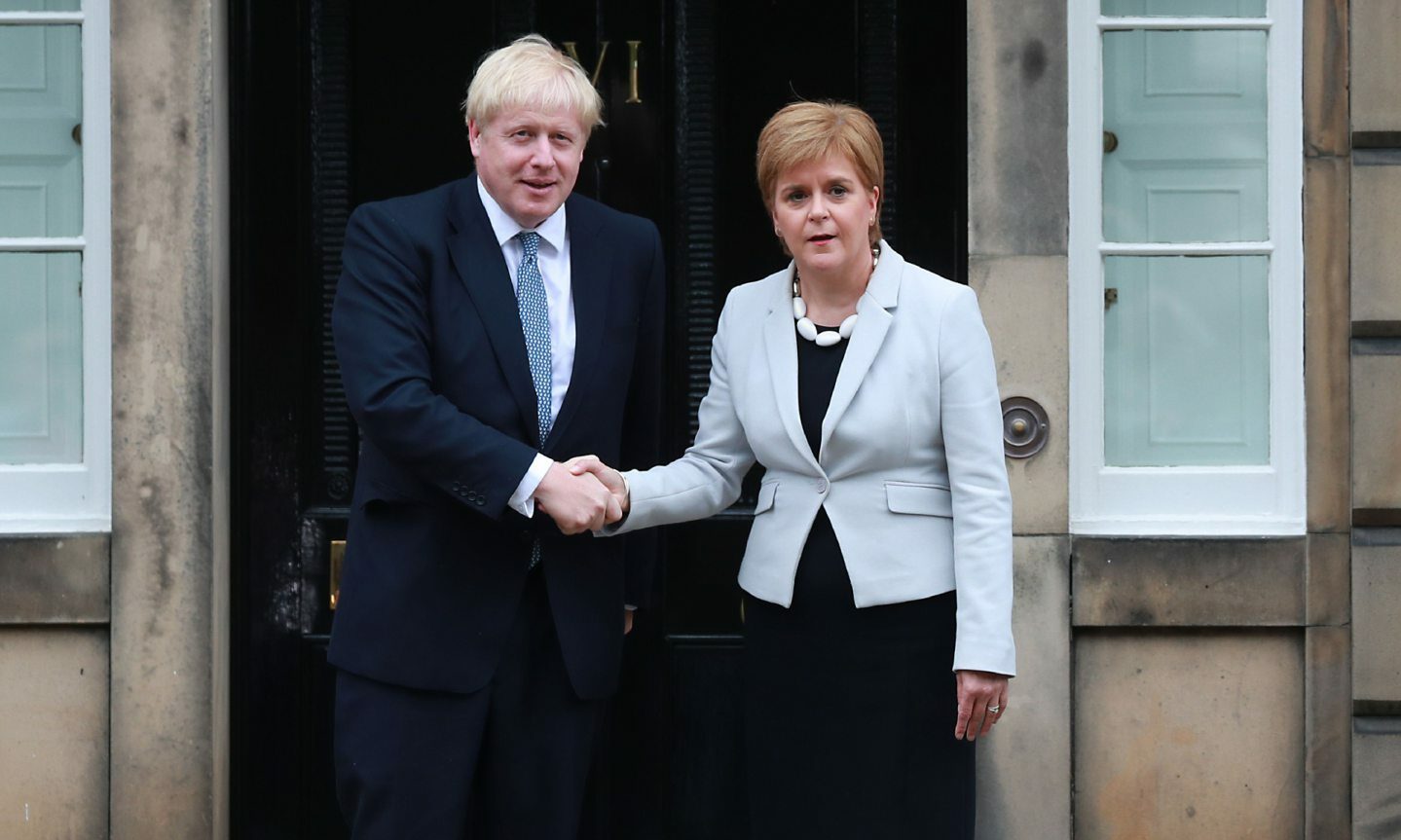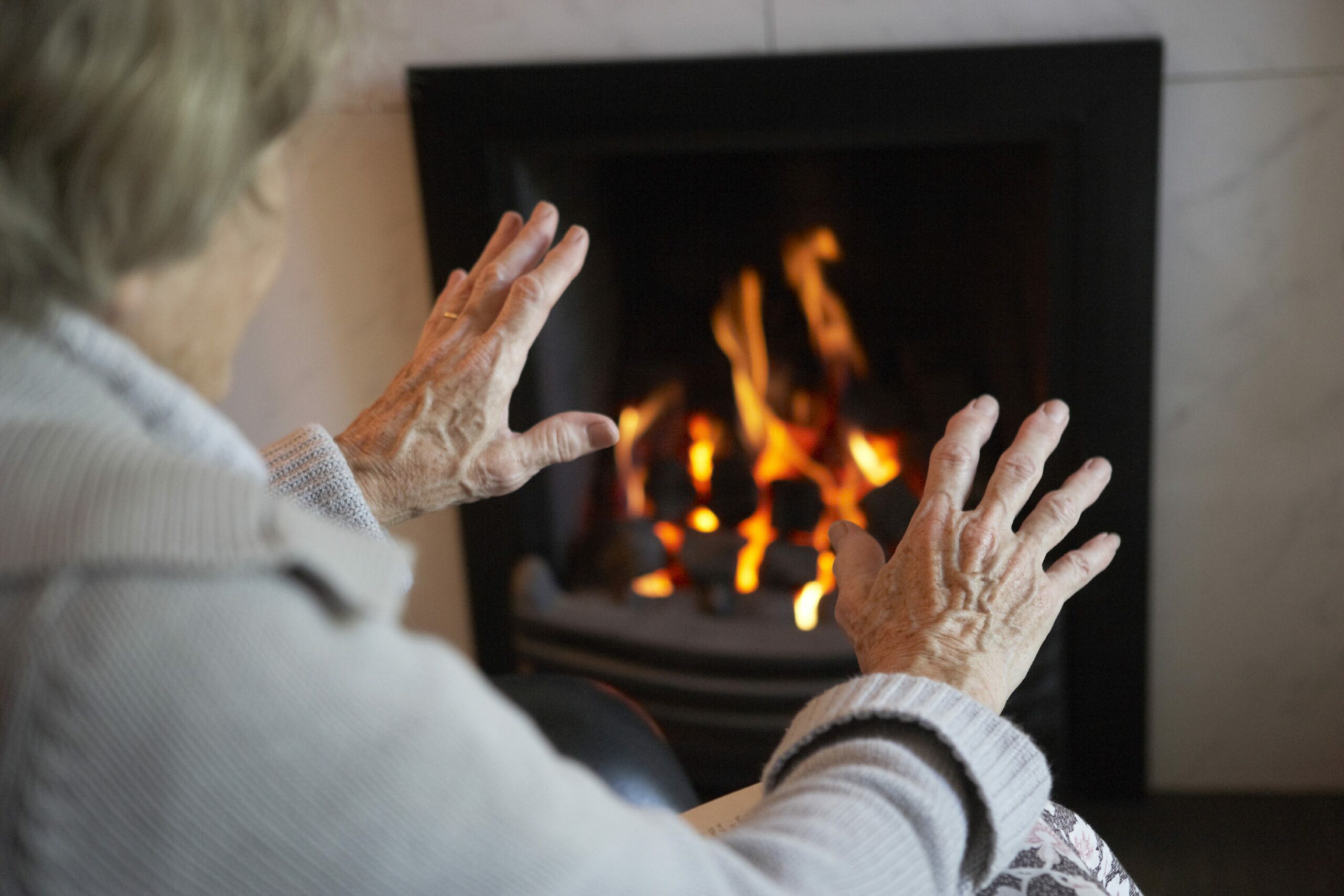In October, the Resolution Foundation warned that the cap on energy tariffs could be raised to £1,650 a year.
They estimated that would result in the 10% of lowest income households spending more than 10% of their income on energy.
The truth, it turns out, is far worse. The new Ofgem cap is a whopping £1,971 per year. Heat and power should not be optional, but there are stories already abound of people heating just one room in their house, or choosing between enough food or enough warmth.
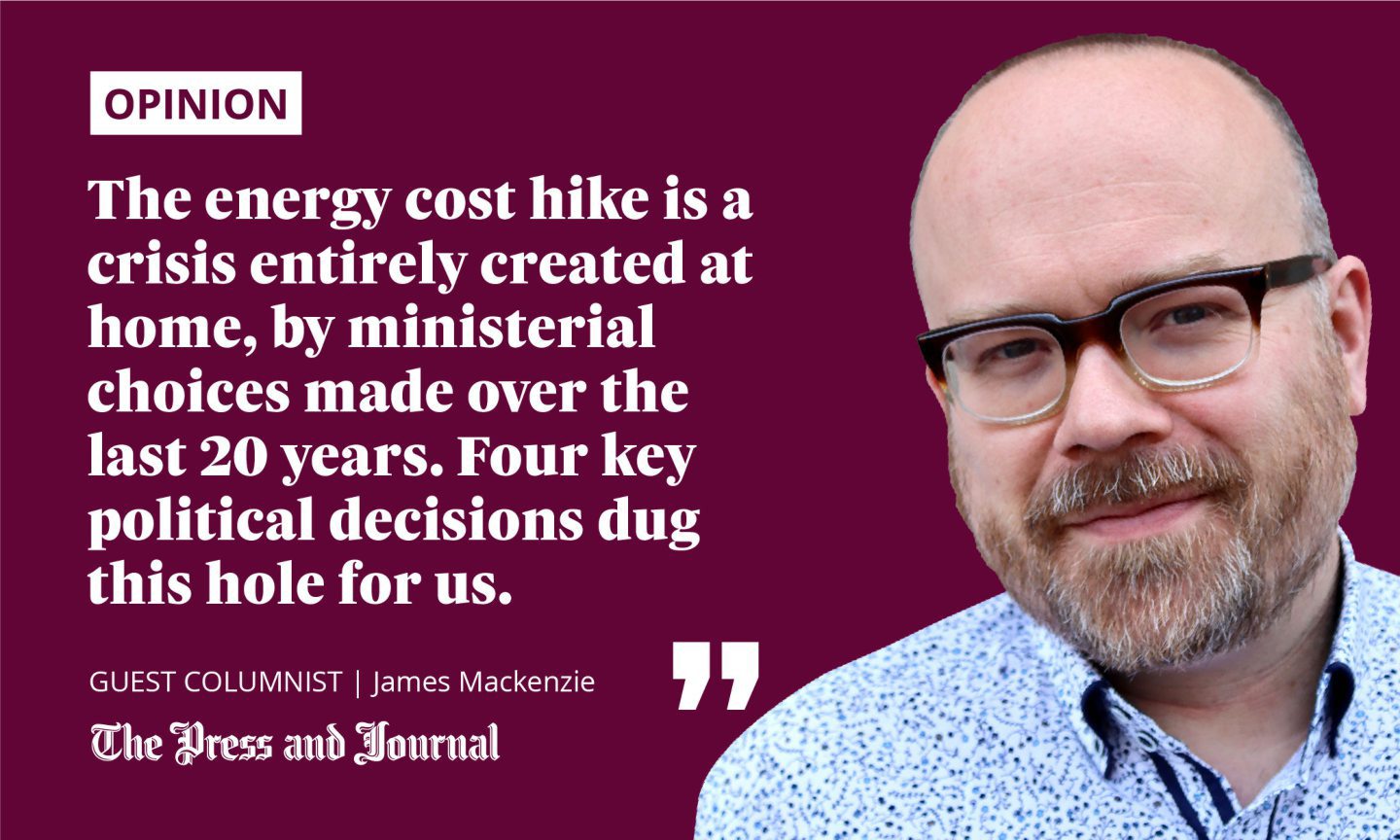
We are not all in this together, of course. Total UK savings actually increased over the pandemic, by £900 billion overall. But, as usual the overwhelming bulk of that went to those already at the top. The top 10% will not notice this increase, but it will put many below the poverty line.
It’s easy but misleading for ministers to point the finger at gas prices, up from less than 12p a therm in May 2020 to over £2 a therm now. But this is not just the cold winds of the global market blowing through our homes.
This is a crisis entirely created at home, by ministerial choices made over the last 20 years at Westminster and Holyrood. Four key political decisions dug this hole for us: some specific, some more structural.
A ‘dash for gas’ in unfit homes
First, over the course of the 1990s, the so-called “dash for gas” saw substantial new gas-fired power stations built across the UK. The share of our power that comes from gas went from 5% to 30% over that period.
Every percentage point increased the extent to which electricity prices, as well as the costs of gas heating and cooking, have become linked to the cost of gas. A “dash for renewables” over this same period would instead have helped to weaken that relationship.
Second, no government has ever delivered a serious home insulation programme. Far too many dwellings are cold, damp, leaky and expensive to heat. Unsurprisingly, those are overwhelmingly the rented properties of those on low incomes.
Retrofitting homes reduces emissions, increases energy efficiency and pays for itself extremely quickly, including through reduced NHS costs – although it is admittedly trickier with older homes, including Victorian tenements.
But it would have cost government nothing to require proper building standards in the first place, although ministers would have had to weather complaints from the volume housebuilders.
A history of poor quality new builds
This brings us to the third point. When the Passivhaus concept was born in the late 1980s, setting out how homes could require little or no energy for warmth and cooling, the technology was new and the science inexact and ambitious. It’s still an exacting standard, but it is spreading in Scotland.
Every poor quality new home commits its inhabitants to decades of unnecessary bills
If steps in that direction had been required decades ago, how much better would our housing stock be now? Sadly, it took until October last year for there to be a plan to require all new builds to create zero emissions from 2024.
Every poor quality new home commits its inhabitants to decades of unnecessary bills, to a life of permeating cold and damp, or to an expensive retrofit programme.
Key driver of fuel poverty is poverty itself
The fourth issue is broader. Since 1979, we have become ever more unequal, and that leaves far too many people with no savings buffer to cushion them in these situations.
If we lived in a fairer society, the recent cost hikes we’ve seen would be notable for all, but not devastating for anyone. One of the most determined advocates on these issues has been Norrie Kerr, the former director of Energy Action Scotland. He points out that one of the key drivers of fuel poverty is… poverty itself.
The decisions listed above did not serve the interests of the general public. Public policy at Westminster and Holyrood alike instead allowed fossil fuel companies like Shell to make vast and increasing profits at the expense of citizens.
Given we are where we are, what should ministers do now? None of these issues are quick to turn around, although there are still loft and cavity insulation jobs that could be done in a morning.
Any measures taken must meet three tests: they must be redistributive, they must not drive further profits for shareholders at the taxpayer’s expense, and they must help us to decarbonise.
Government loans for businesses aren’t the answer
Government loans to business to reduce the energy cap further are not the answer. It’s hard to see the public looking fondly on ideas which give vast amounts of taxpayer money to the companies whose logos adorn bills, and that instinct is correct. The money should, instead, be flowing in the other direction.
New Labour raised a £5 billion windfall tax on the privatised utilities which had been designed to extract wealth from the public. The interests of oil and gas companies are at direct odds with public interest, so let’s tax them again until the pips squeak.
The money raised can then be used to cut bills for those on low incomes, and to pay for home energy efficiency. Optimistic, perhaps, but might the Tories be persuadable if it polled well in the Red Wall?
If policy decisions had been taken years ago which focused single-mindedly on breaking the UK’s dependency on gas, rather than deepening it, we wouldn’t just have lowered household energy bills. We could also have gone way beyond our unambitious and frequently-missed climate targets.
It’s always better late than never, though. If this crisis starts to turn around the tanker of government policy that has put oil companies’ interests first, it would be a silver lining to a very dark cloud indeed.
James Mackenzie is a freelance media and public affairs consultant and former head of communications for the Scottish Greens
